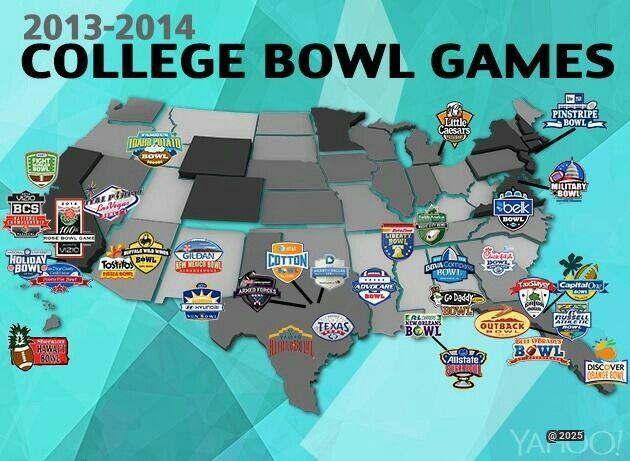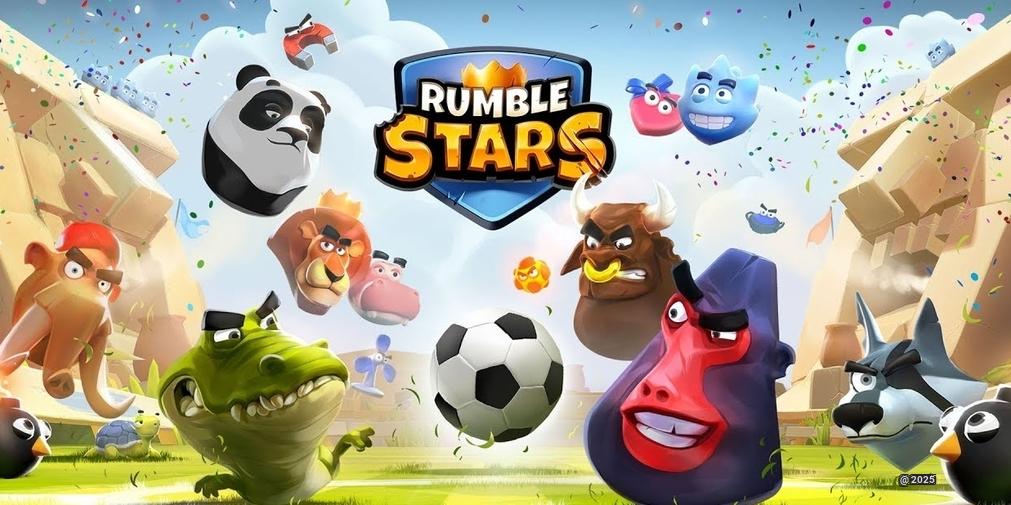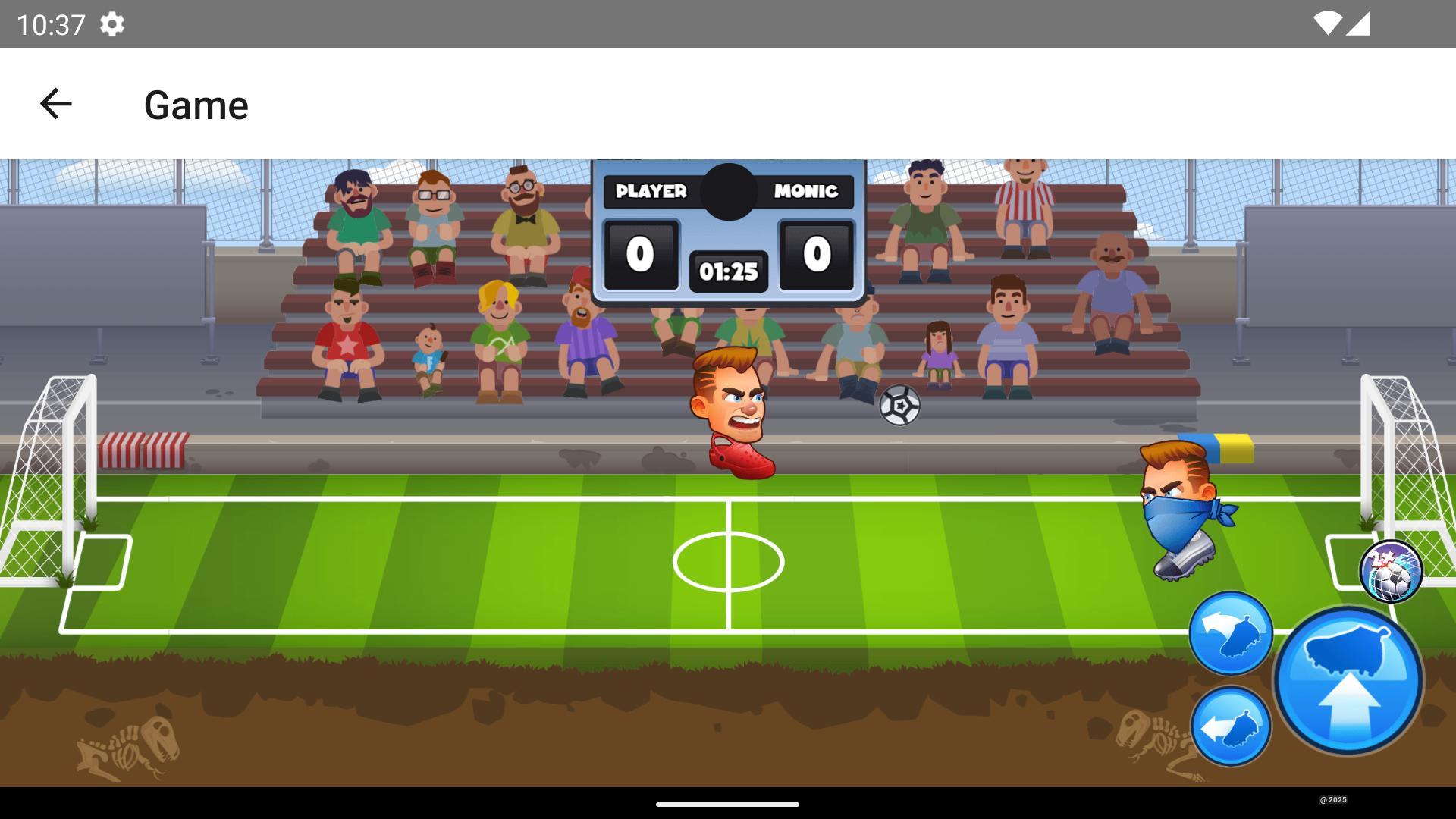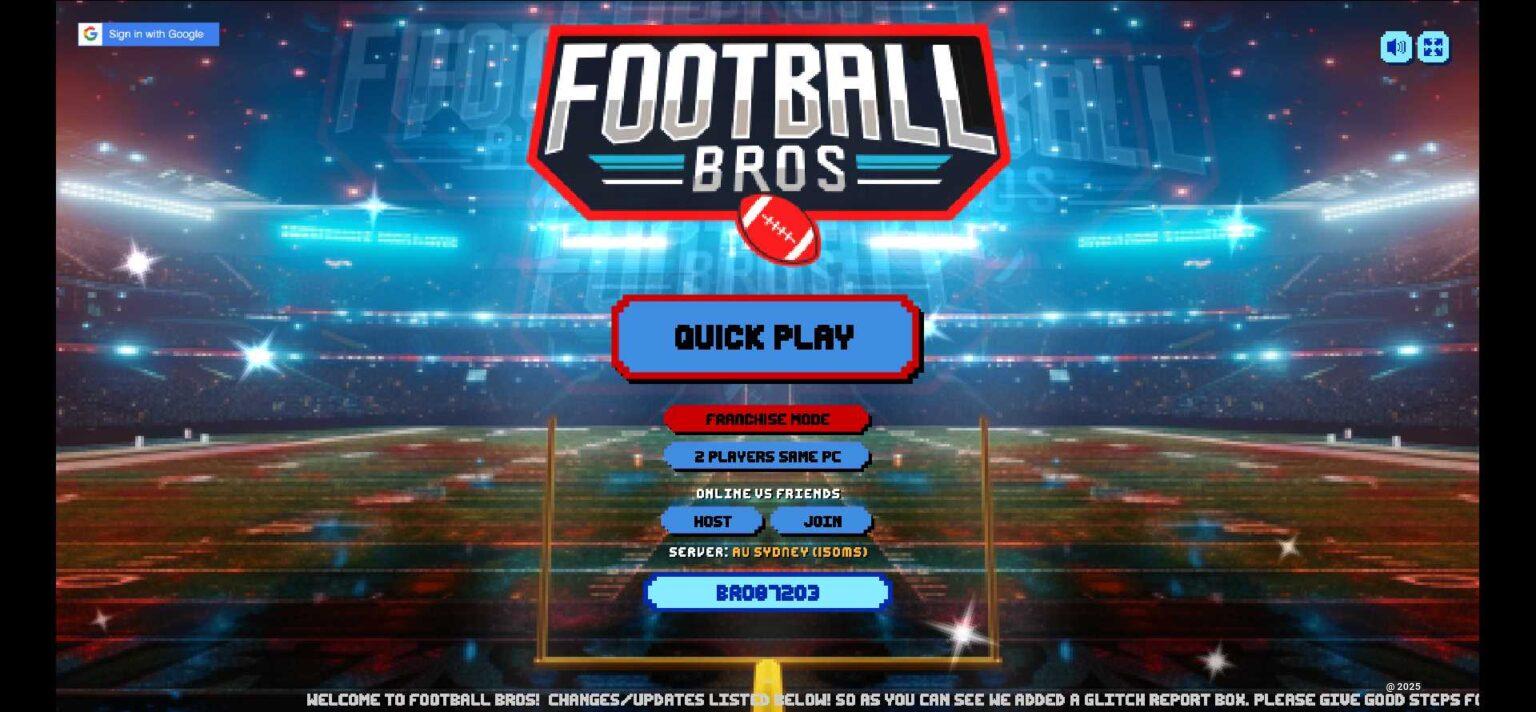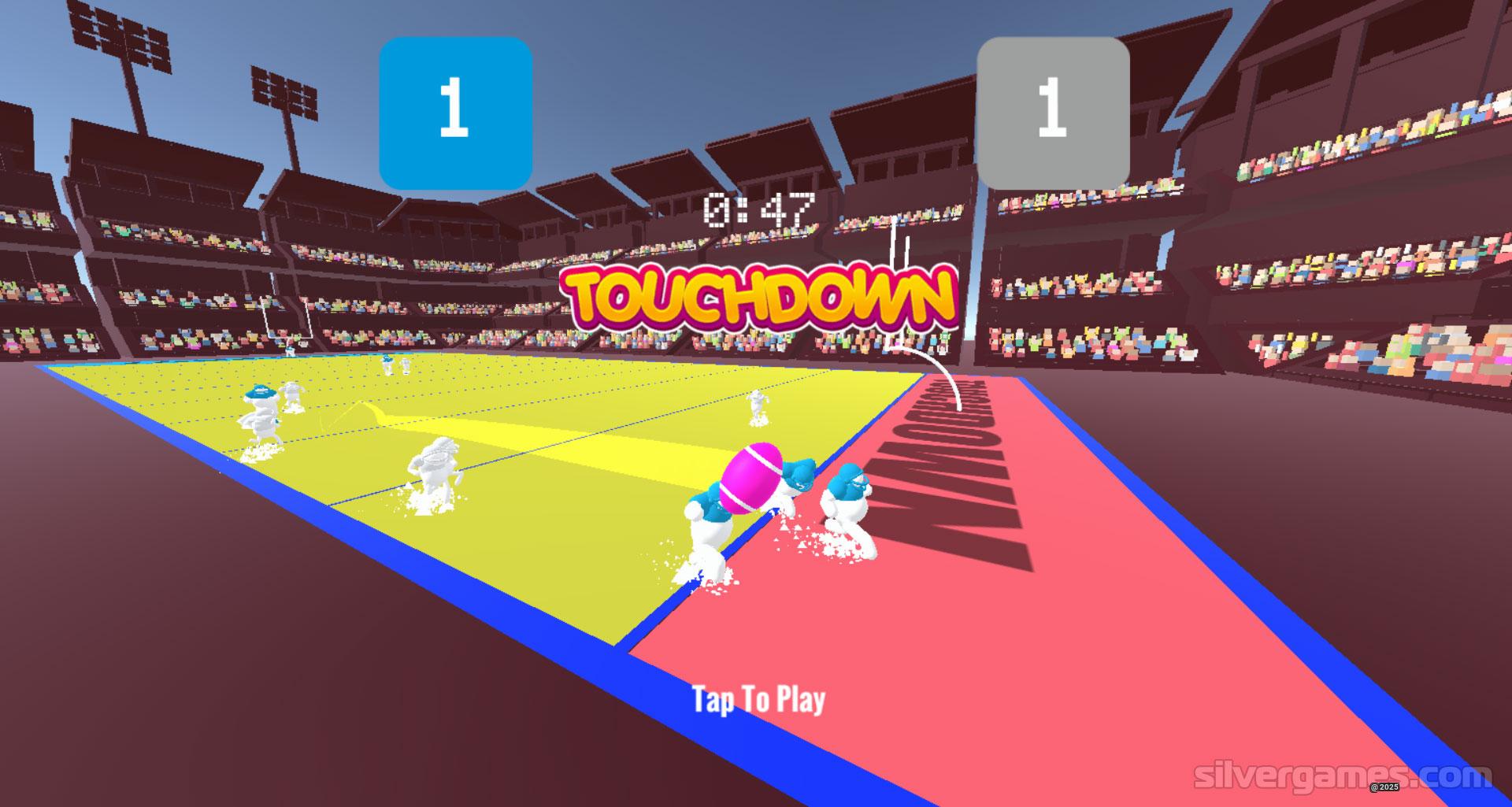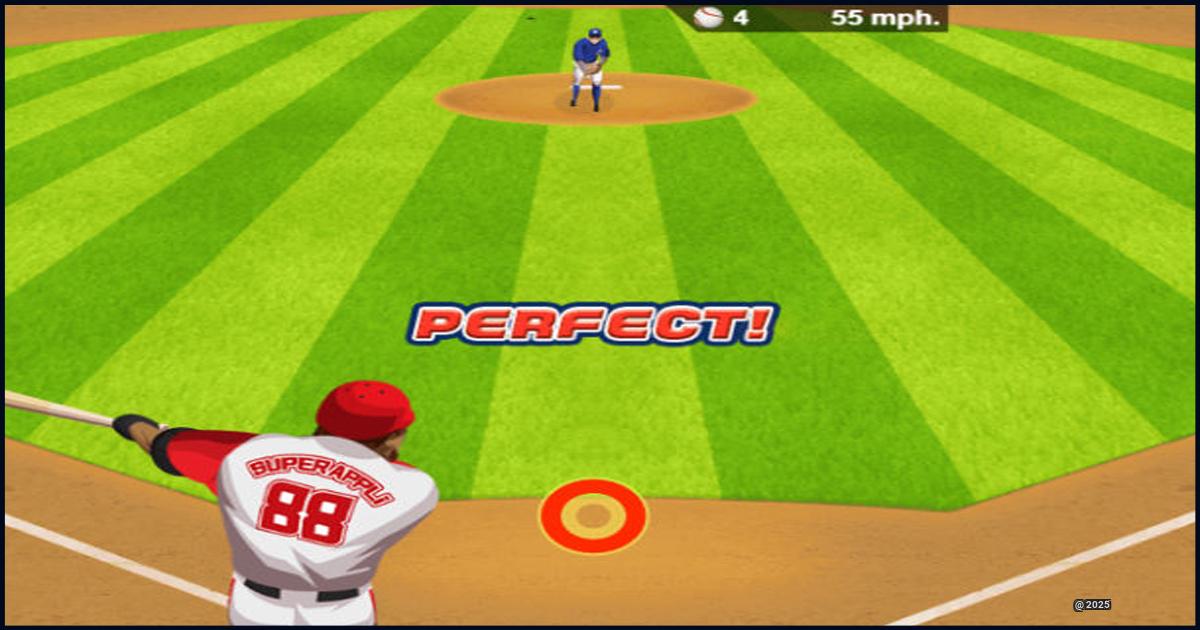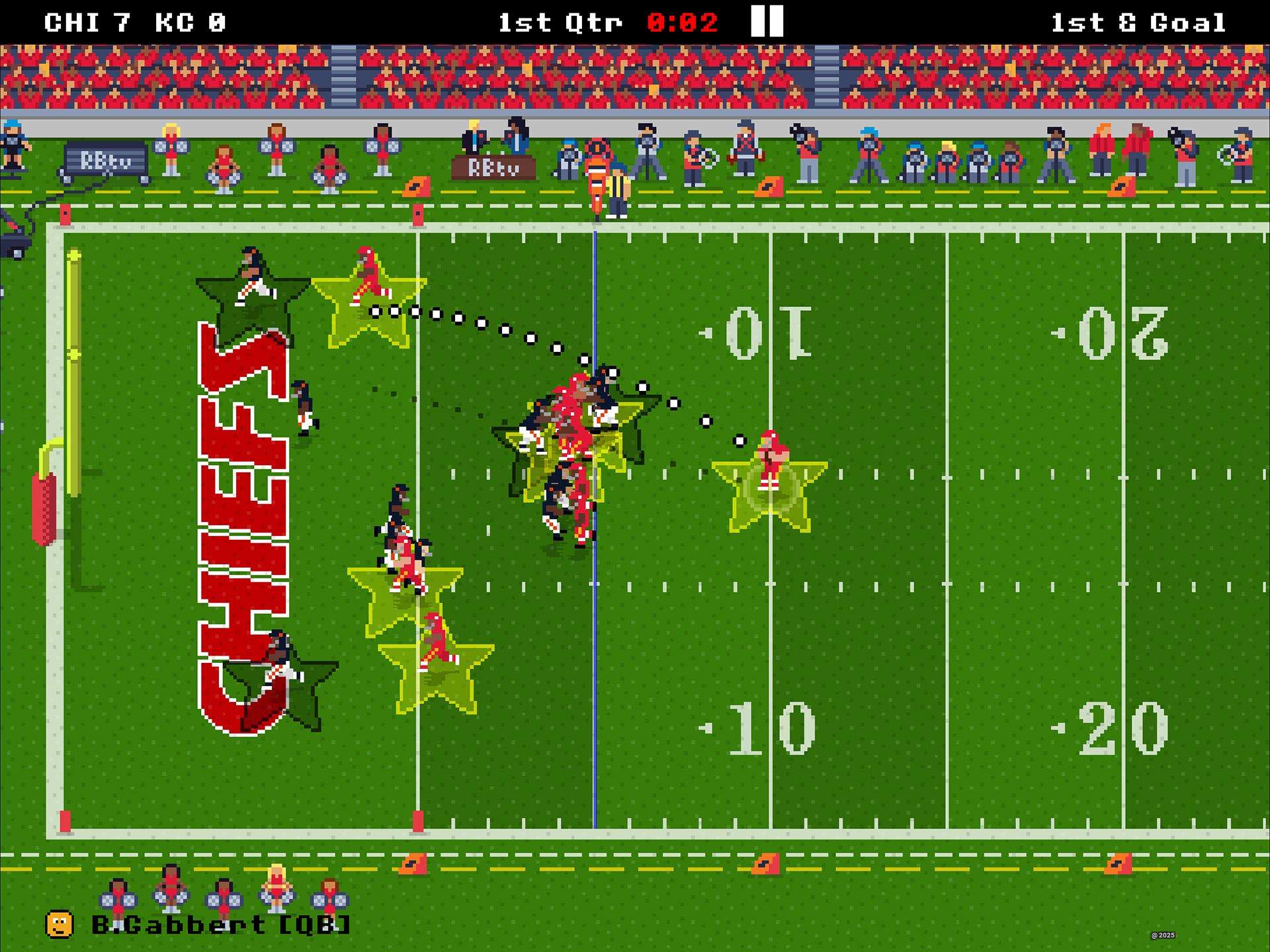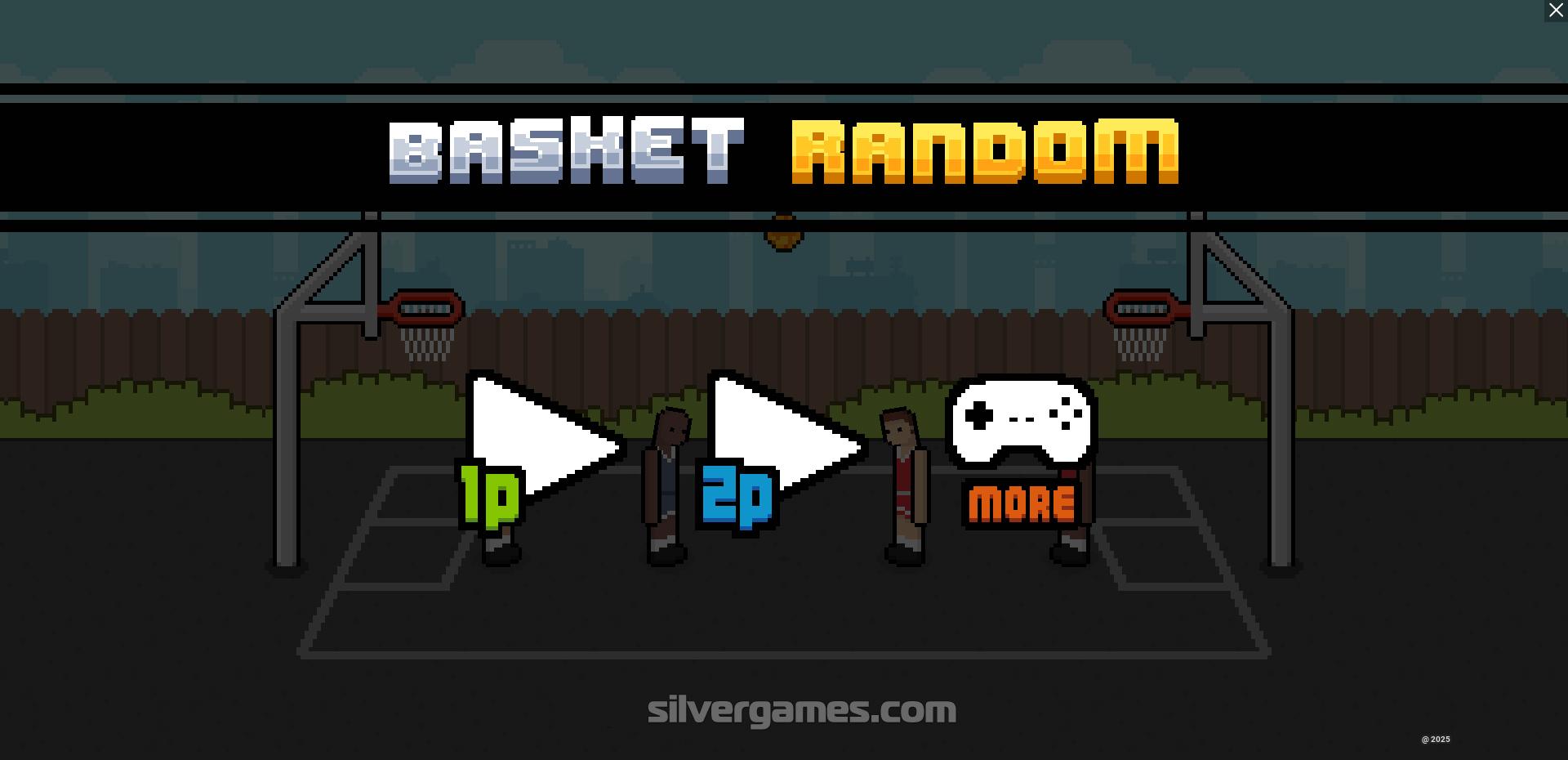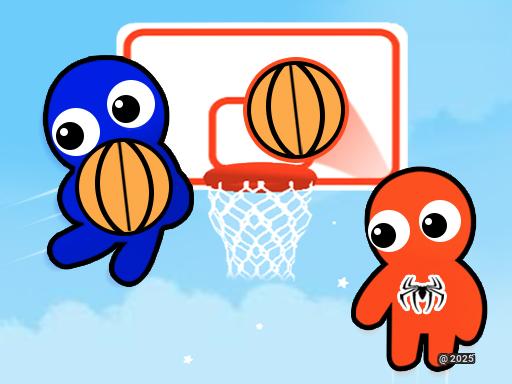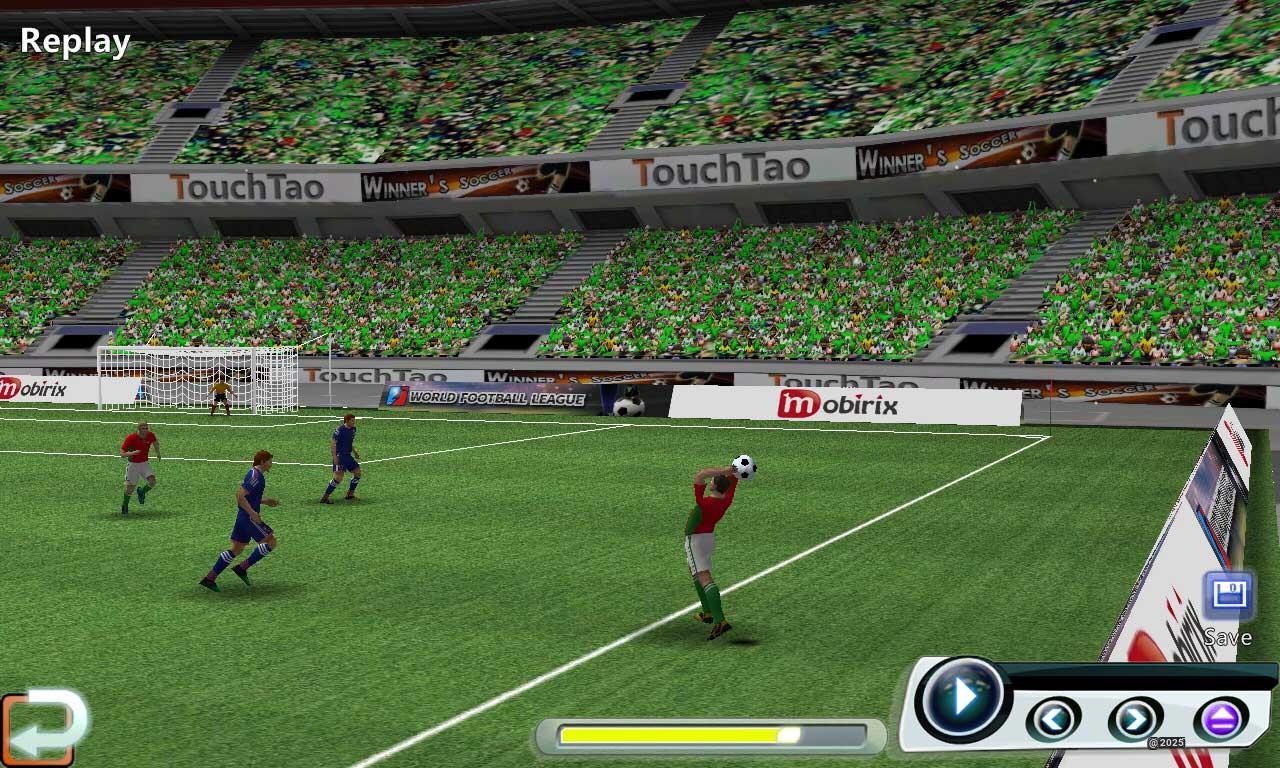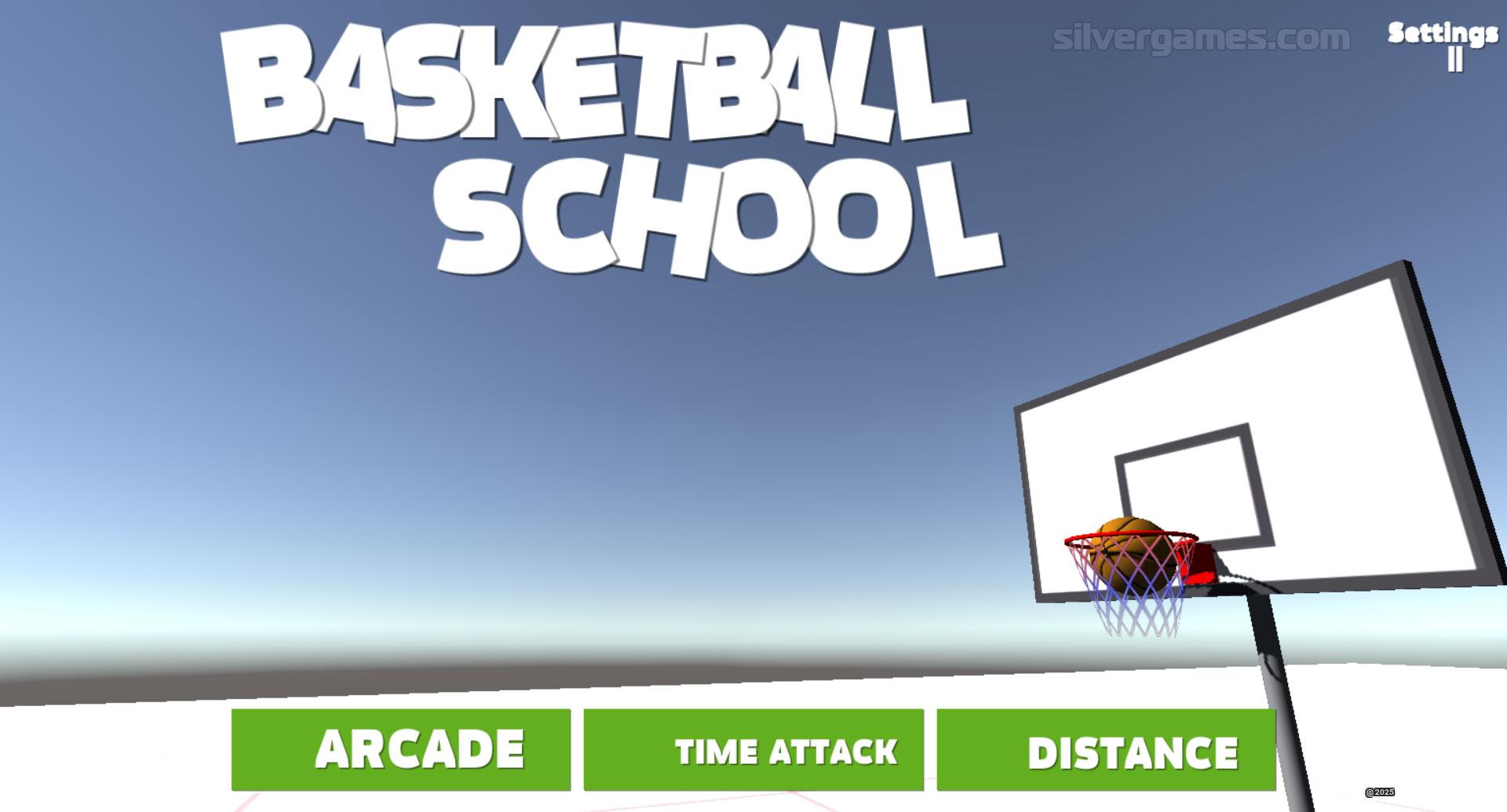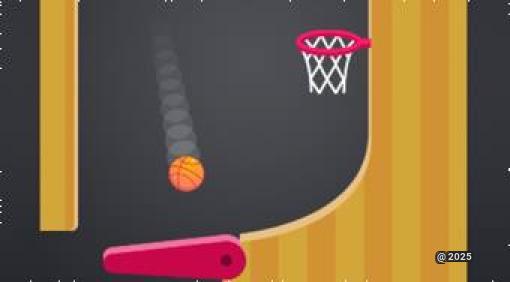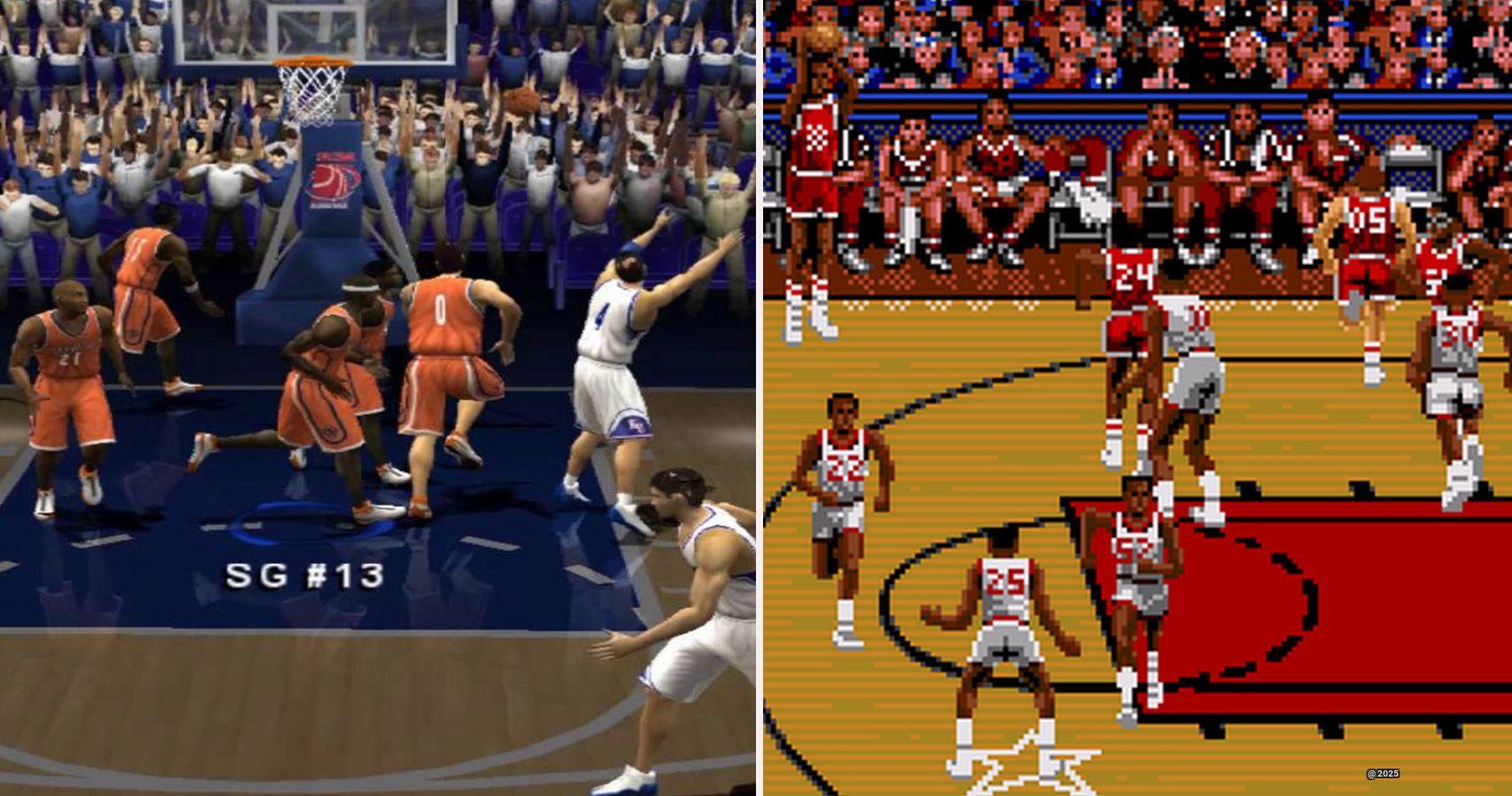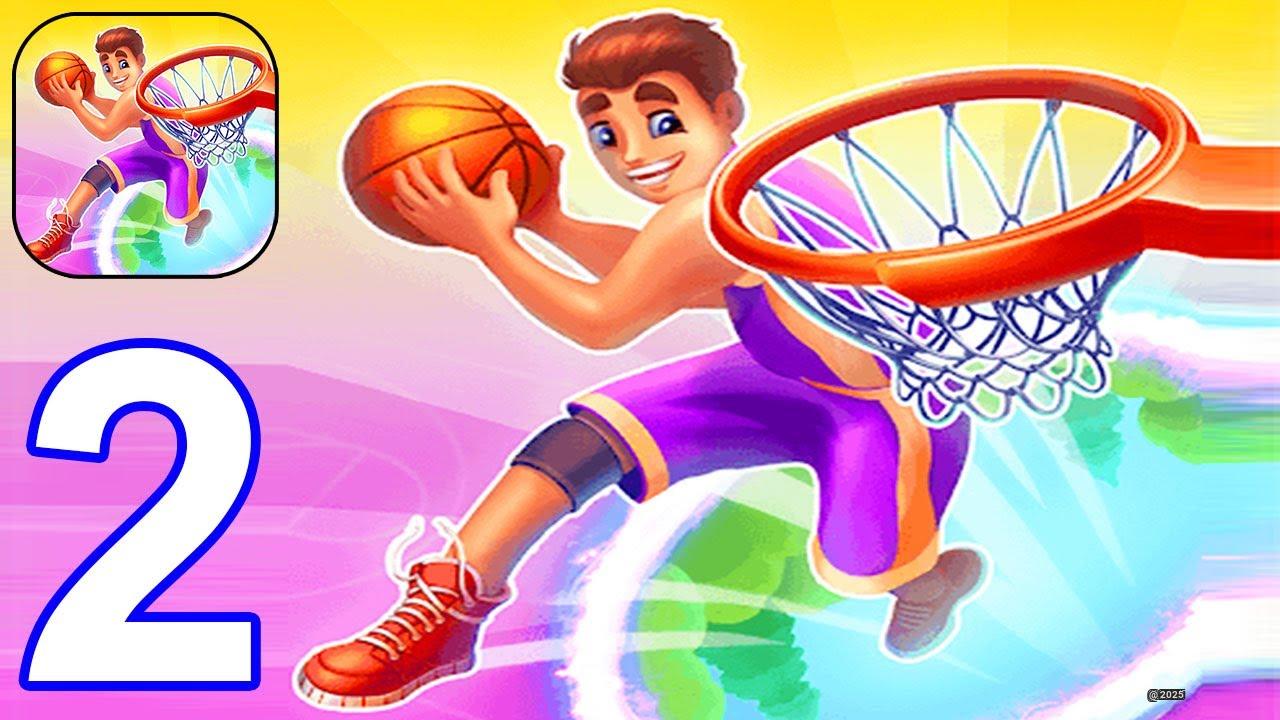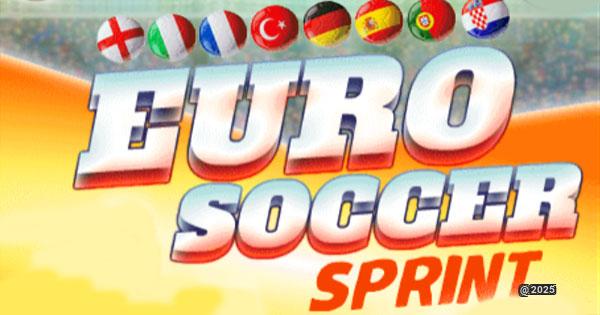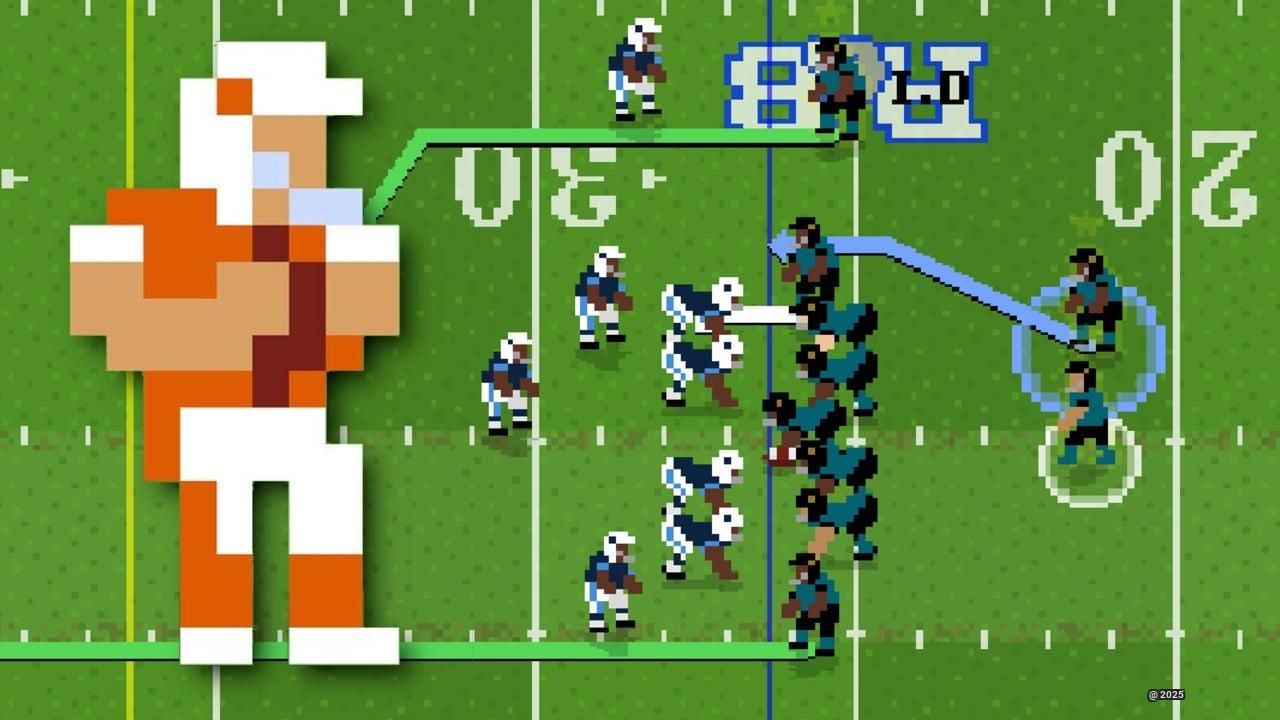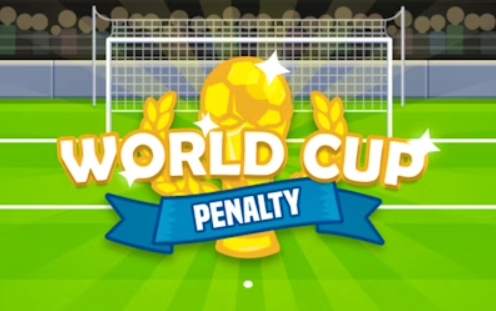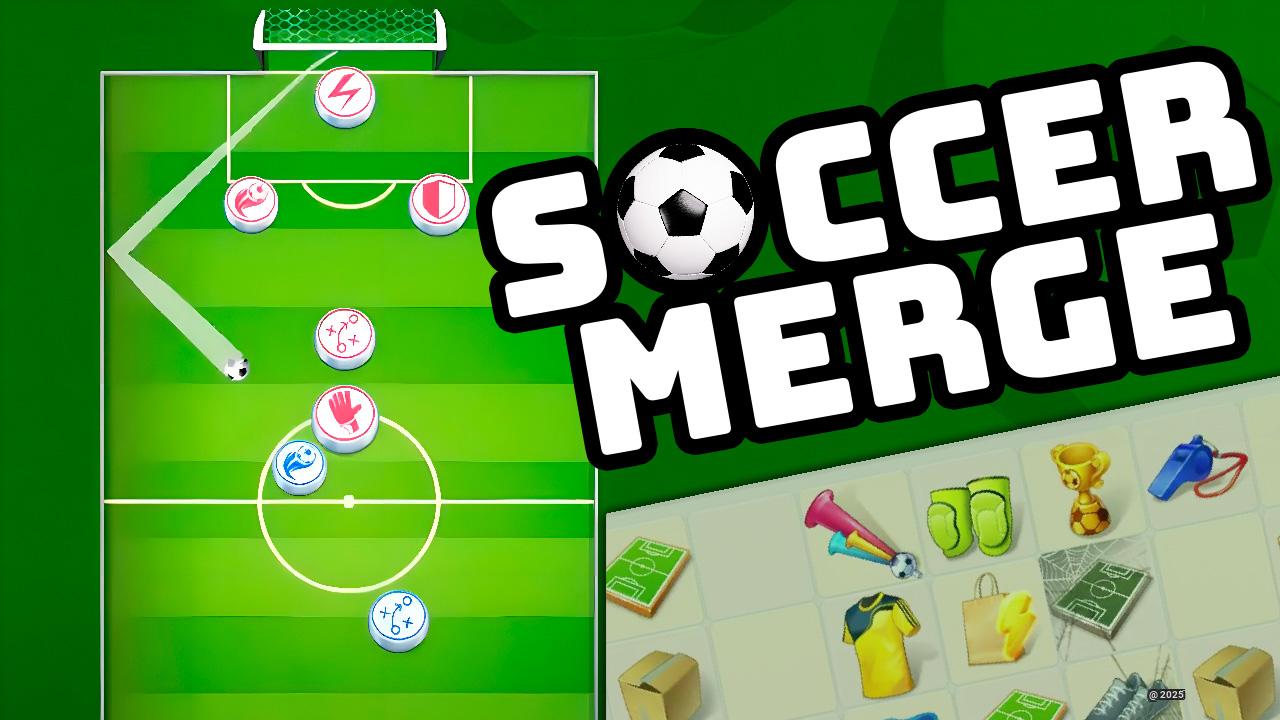College Bowl stands as one of academia’s most prestigious intellectual competitions, blending rapid-fire knowledge with strategic teamwork. This classic quiz format has challenged the brightest college minds since its inception, testing their mastery across subjects from quantum physics to Renaissance art.
Picture a packed auditorium, the air electric with anticipation. Four students sit poised at their buzzers, ready to showcase years of accumulated knowledge in split-second decisions. That’s College Bowl - where academic excellence meets competitive spirit in a fast-paced battle of wits.
The game’s brilliance lies in its simple yet engaging format. Teams face off in head-to-head matches, tackling toss-up questions that demand both broad knowledge and lightning-quick reflexes. Success here unlocks bonus questions, allowing teams to demonstrate deeper subject expertise and rack up additional points.
Key aspects that make College Bowl exceptional:
- Teams of 4 players combine diverse knowledge bases
- Questions span academic disciplines and pop culture
- Strategic timing with buzzers adds competitive excitement
- Bonus rounds reward in-depth subject understanding
- Format promotes both individual excellence and team collaboration
College Bowl represents more than just a quiz competition - it’s a celebration of academic achievement where students transform their classroom knowledge into competitive advantage.
The format has inspired numerous variations and continues to challenge participants to expand their intellectual horizons while developing crucial quick-thinking skills.
What is College Bowl
Think of it as the “Super Bowl of the Mind.” You’ll face off against other college teams in a fast-paced battle of knowledge.
What makes College Bowl different from other quiz competitions? Here’s the scoop:
| Feature | Description |
|---|---|
| Team Format | 4 players per team |
| Question Types | Toss-ups and Bonuses |
| Topics Covered | Science, History, Literature, Arts, Current Events |
| Scoring System | 10 points (toss-ups), 20-30 points (bonuses) |
You’ll find yourself buzzing in on questions about everything from quantum physics to pop culture. We’ve had matches where literature buffs team up with science whizzes to create unstoppable combinations.
NAQT College Bowl tournaments happen year-round at campuses across the country. The energy in the room during championships? Electric!
How to Play College Bowl
The Setup
- Grab 3-4 teammates
- Face off against another team
- Each player gets a buzzer
- A moderator reads questions
Toss-up Questions
- Anyone can buzz in
- Must answer right away
- No conferring with teammates
- +10 points for correct answers
- -5 points for wrong early answers
Bonus Questions
- Only after winning toss-up
- Team can discuss
- Usually 3 parts
- Worth up to 30 points total
Pro tip: Don’t buzz in unless you’re at least 90% sure! I learned that lesson the hard way.
| Question Phase | Time Limit | Points Available |
|---|---|---|
| Toss-up | 5 seconds after buzz | 10 |
| Bonus | 30 seconds total | 30 |
Key Skills for Success
Mental Agility
- Quick recall
- Pattern recognition
- Active listening
- Split-second decisions
Knowledge Base
- Broad understanding across subjects
- Deep expertise in specific areas
- Current events awareness
- Cultural literacy
Team Dynamics
- Clear communication
- Trust building
- Role specialization
- Stress management
Remember: Your strongest player should sit in the “captain’s seat” - usually position #2.
| Skill Area | Practice Method |
|---|---|
| Speed | Reflex drills, timing exercises |
| Knowledge | Reading, quiz apps, practice packets |
| Teamwork | Mock tournaments, strategy sessions |
History of College Bowl
The story of College Bowl is fascinating! It started in 1953 as “College Quiz Bowl” on NBC radio. I’ve dug through archives to trace its evolution:
Key Milestones
- 1953: First radio broadcast
- 1959: Moved to TV on CBS
- 1963: GE College Bowl debuts
- 1970: National tournament structure
- 1977: Regional competitions begin
- 1990s: Modern format established
| Era | Major Changes |
|---|---|
| 1950s | Radio format, basic Q&A |
| 1960s | TV exposure, sponsored competitions |
| 1970s-80s | Standardized rules, expanded reach |
| 1990s-Present | Digital scoring, international competitions |
Strategies for Winning College Bowl
Team Composition
- Specialist in sciences
- Humanities expert
- Pop culture guru
- All-around knowledge player
Practice Techniques
- Speed drills
- Category marathons
- Pressure simulations
- Video review sessions
Advanced Tactics
- Question anticipation
- Strategic negging
- Bonus optimization
- Clock management
Game-changing tip: Track opponent specialties during matches.
| Strategy Type | When to Use | Risk Level |
|---|---|---|
| Early Buzz | Confident categories | High |
| Category Blocking | Against specialists | Medium |
| Power Hunting | When trailing | Very High |
Similar Games
Final Words
College Bowl stands as a remarkable fusion of academic prowess and competitive spirit. The game transforms traditional learning into an adrenaline-charged contest where split-second decisions and deep knowledge intersect. Through its four-player team structure, rapid-fire buzzer rounds, and multi-disciplinary challenges, participants showcase both individual expertise and collaborative skills.
The competition’s magic lies in its ability to reward both specialized knowledge and broad understanding. Students must master the delicate balance between quick responses and careful consideration, particularly during toss-up questions where early mistakes carry point penalties. The bonus round system adds strategic depth, letting teams demonstrate comprehensive subject mastery while working together under time pressure.
Beyond the points and buzzers, College Bowl creates an environment where academic achievement takes center stage. Students develop critical quick-thinking abilities, learn to perform under pressure, and build lasting connections with fellow knowledge enthusiasts. As the competition continues to evolve, it maintains its core mission: celebrating intellectual curiosity and academic excellence in an engaging, competitive format.
The lasting impact on participants extends far beyond the competition floor, fostering skills that serve them throughout their academic and professional lives.

